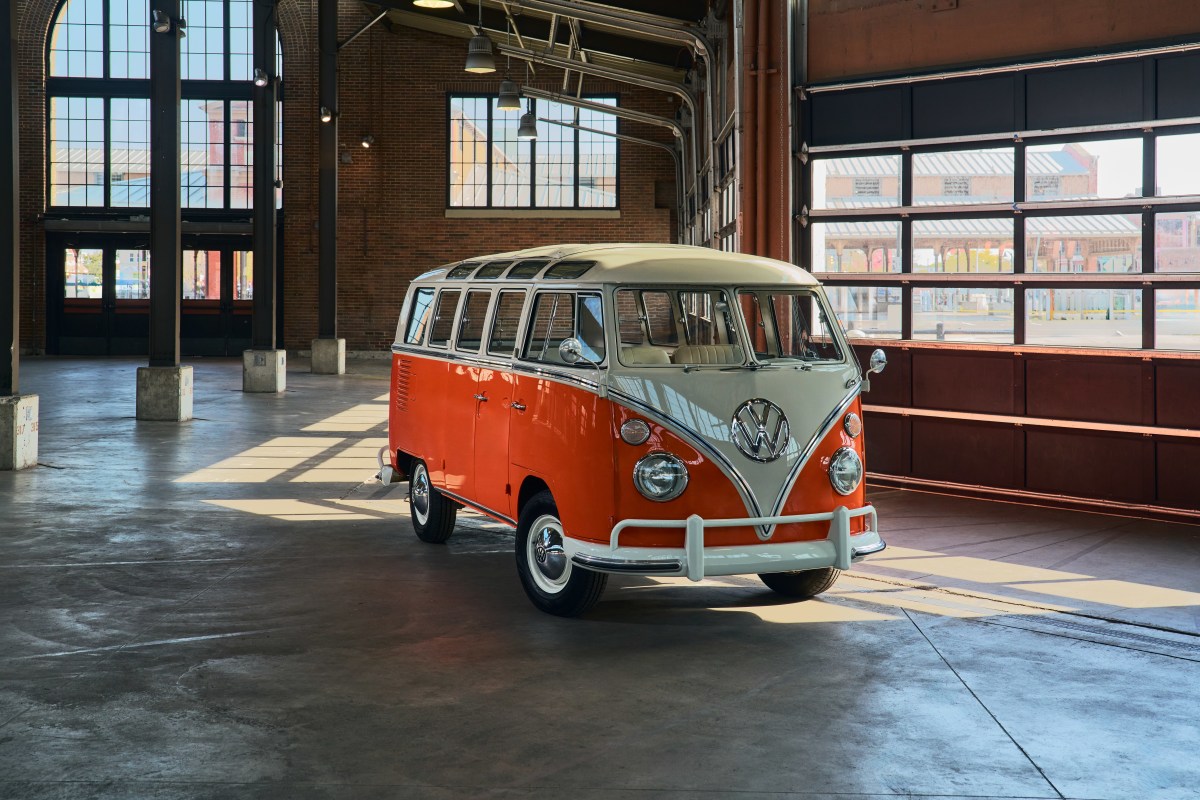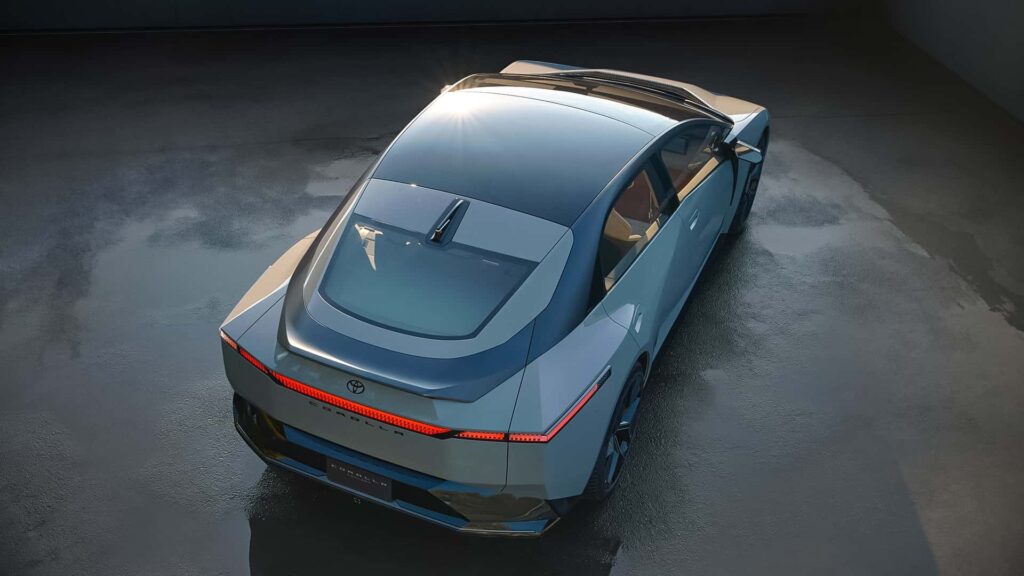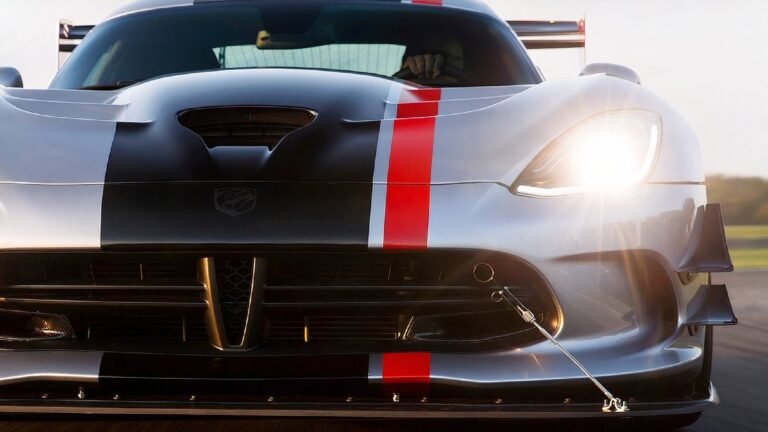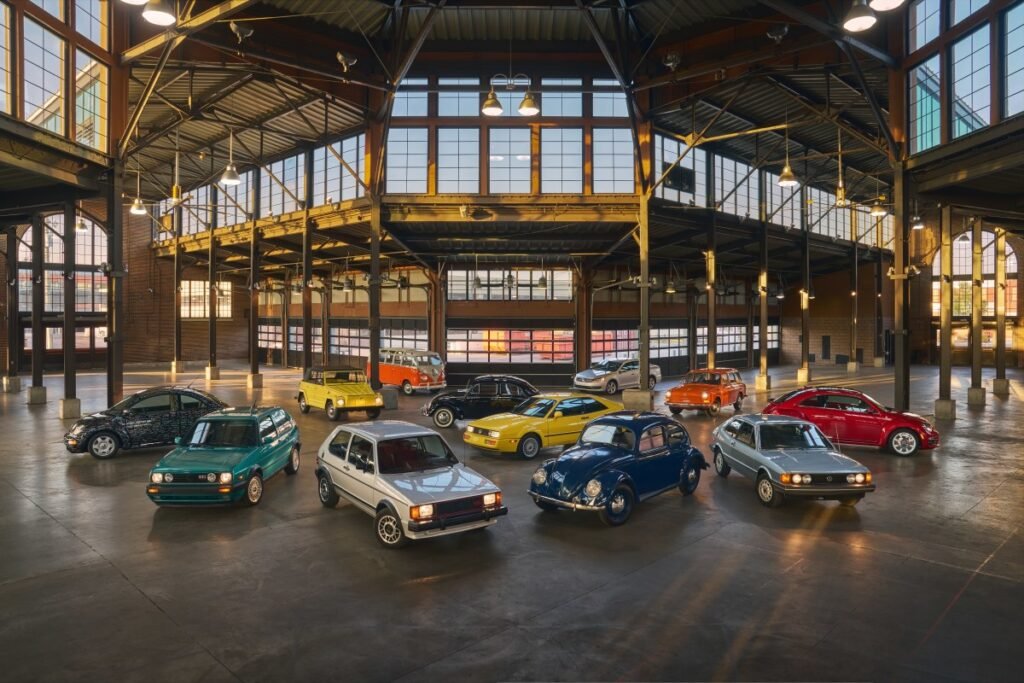
Back in 1949, a Dutch businessman named Ben Pon rolled into New York with two little cars from Germany called the Volkswagen Type 1. Nobody knew it then, but those funny-looking Beetles were about to kick off a seven-decade relationship between Volkswagen and the United States, one that would change how Americans thought about cars.
By 1955, Volkswagen of America was up and running in New Jersey. Within a year, nearly 50,000 Beetles had hit the road. At a time when Detroit was obsessed with size, chrome, and V8s, the Beetle went in the opposite direction: small, efficient, and oddly charming. It was the underdog that didn’t care what you thought, and America loved it.
Volkswagen USA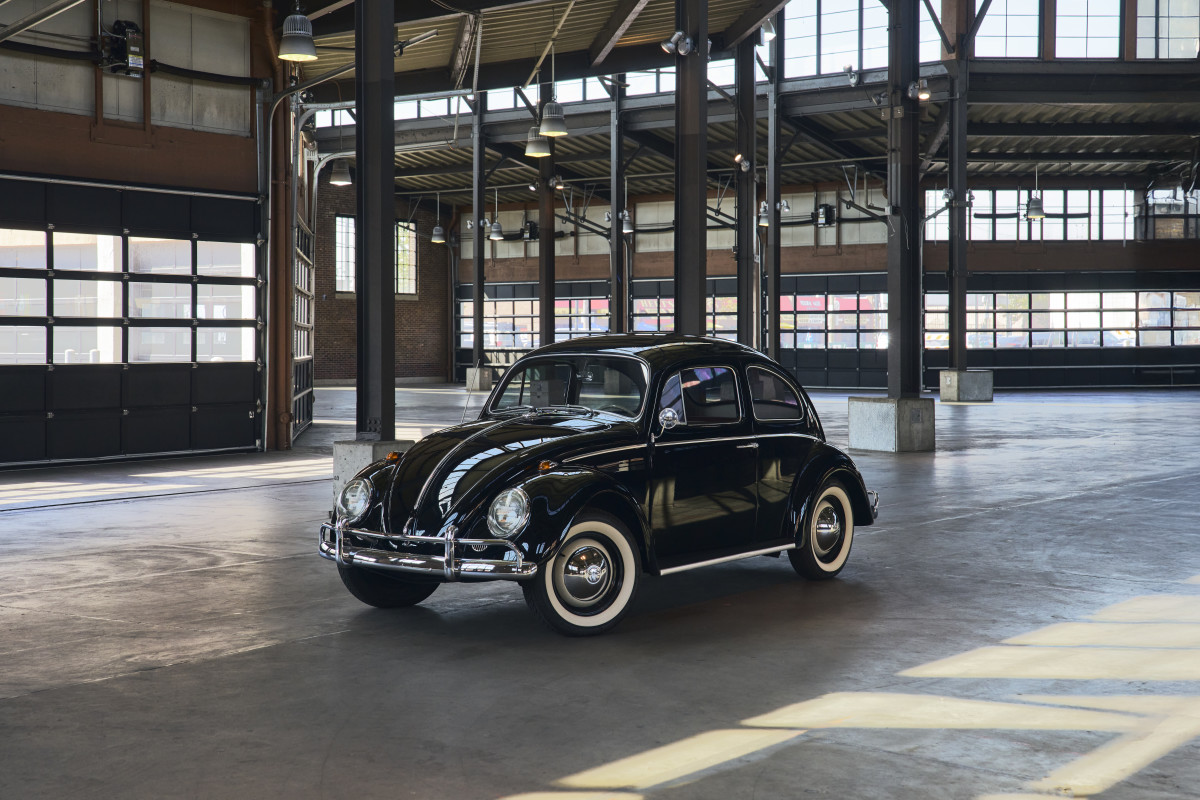
The Ad That Rewired American Marketing
Volkswagen didn’t just sell cars; it sold attitude. In the late 1950s, VW teamed up with ad agency Doyle Dane Bernbach and decided to mock the very idea of car advertising. Out came two words that flipped the industry on its head: “Think Small.”
While everyone else shouted about size and power, Volkswagen kept it short, witty, and self-aware. The result? Sales doubled to 167,000 by 1960, and VW grabbed 32% of the import market. By 1970, annual U.S. sales hit 569,000, and the Beetle and Microbus had gone from curiosities to cultural staples.
From Icons to Legends
The Beetle went on to sell 21.5 million units worldwide, overtaking the Ford Model T in 1972. It stood for freedom, rebellion, and individuality — the anti-establishment car for the anti-establishment era. The Microbus wasn’t far behind, becoming the vehicle of choice for anyone who preferred their road trips long and their hair longer.
Fast-forward to 1998, and the New Beetle revived that same playful spirit for a new generation. Today, the all-electric ID. Buzz carries that DNA into the EV era. It’s even bagged the title of North American Utility Vehicle of the Year, proving nostalgia still sells — especially when it’s plugged in.
Volkswagen USA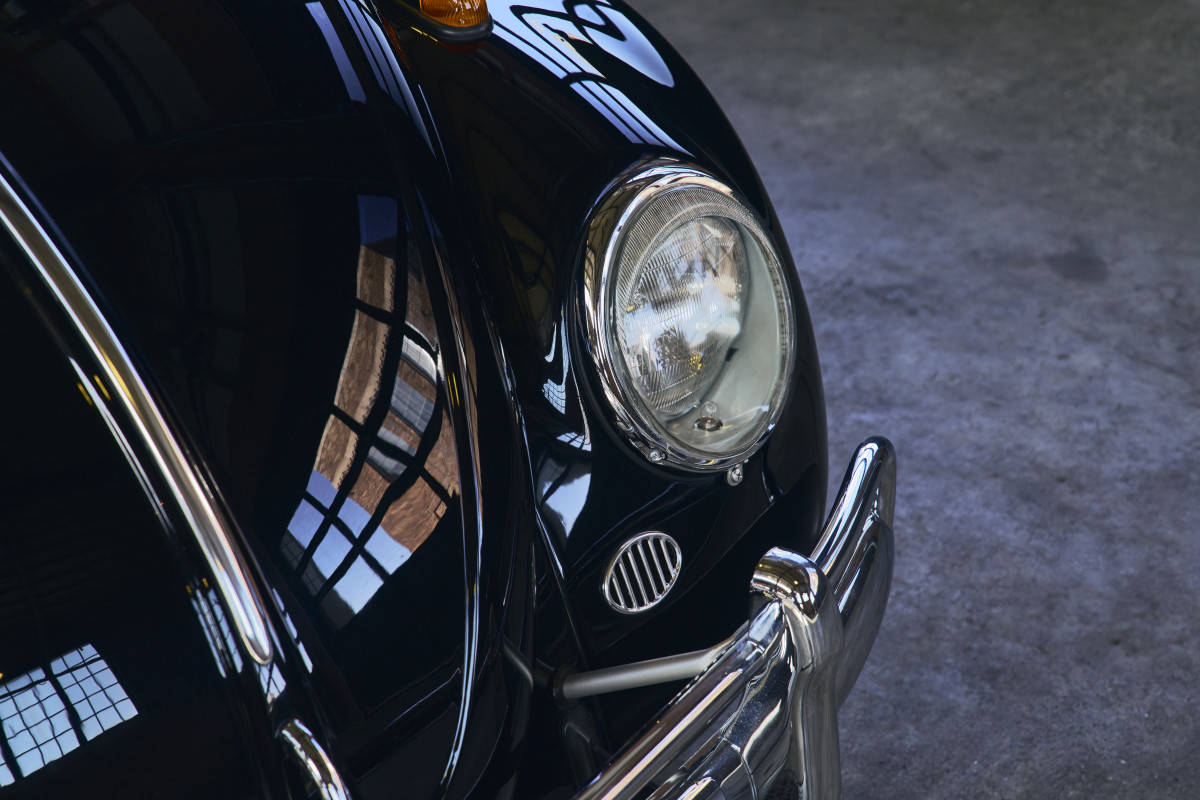
More than Beetles
Then came the Golf. Or, as Americans first knew it, the Rabbit. It landed in 1975 as Volkswagen’s first U.S.-built model and pretty much invented the idea of the fun, practical hatchback. The GTI turned that into a cult movement, birthing the “hot hatch” and inspiring decades of imitators. The Golf family has taken home just about every industry award worth having, including MotorTrend’s Car of the Year and North American Car of the Year for the Mk7 in 2015.
And then there’s the Jetta, launched in 1979. Essentially a Golf in a suit, it offered the same tight handling with a bit more grown-up practicality. By the early ’80s, it became Volkswagen’s best-seller in America — proof that you could have European feel without the European price tag.
Volkswagen USA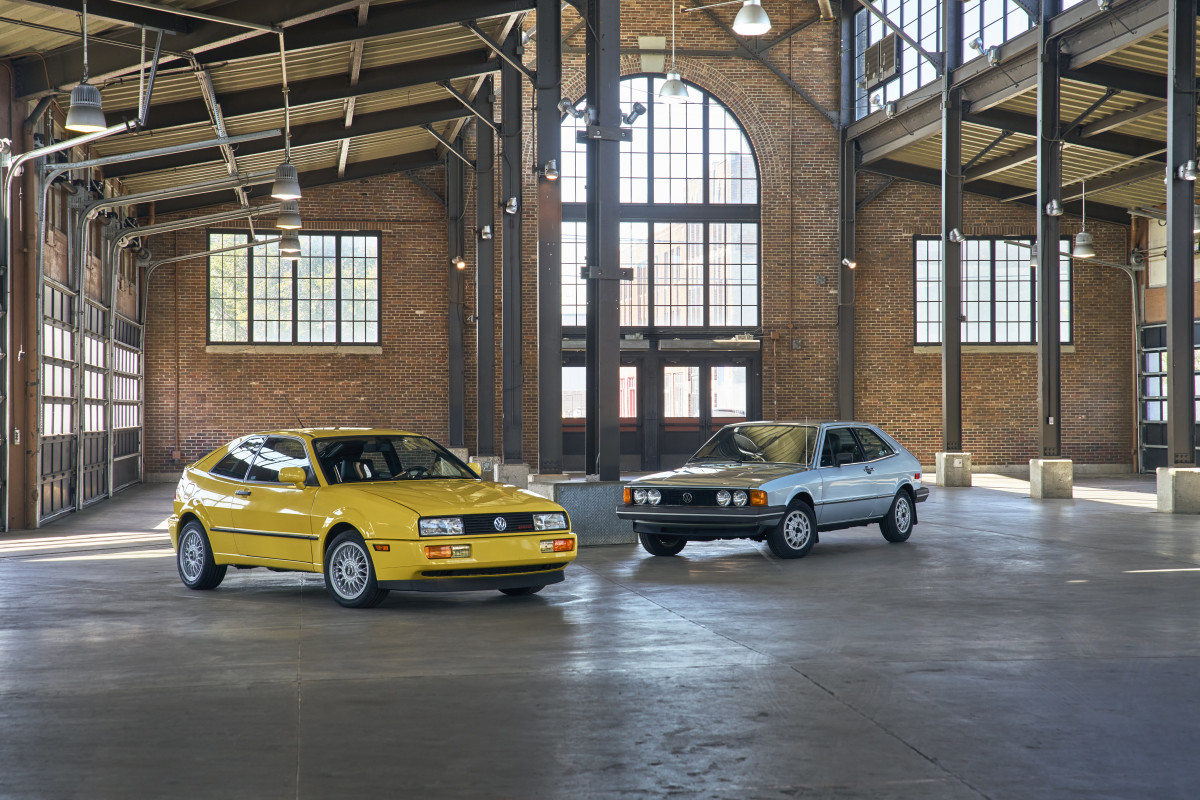
Built in America, for America
Volkswagen’s American manufacturing story started in 1978 with its first U.S. plant in Westmoreland, Pennsylvania. It produced over a million cars before closing in 1988, but it laid the groundwork for something bigger.
In 2008, VW came back with the Chattanooga, Tennessee plant — a state-of-the-art facility that’s now built the Passat, Atlas, Atlas Cross Sport, and the all-electric ID.4 SUV. Today, Chattanooga represents a $2.7 billion investment, employs more than 4,000 people, and includes a Battery Engineering Lab to power VW’s electric future.
Volkswagen’s seven decades in the U.S. tell the story of the car market itself: from small and simple to powerful, and now to electric.
The Beetle started it all, but the ID.4 and ID. Buzz are carrying the torch into a cleaner, quieter future. The mission remains the same and that’s to build cars for everyone. Only now, they hum instead of roar.
Volkswagen USA